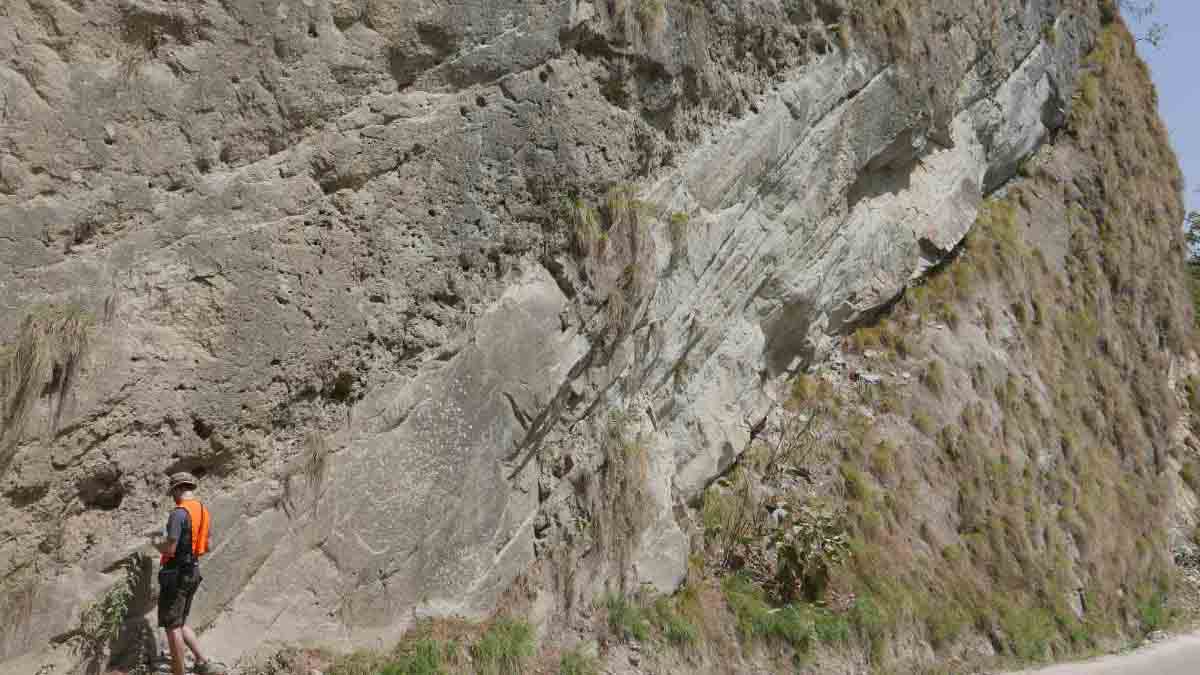
A team-member team of scientists from the University of Alberta has identified a fault system in South-Eastern Nepal, having the potential to cause earthquakes.
The scientists were part of an international team that made the discovery of a series of faults at the foot of the Himalayan mountain range, which was never seen before.
"The newly discovered faults show that the front of tectonic movement in the mountain belt is 40 kilometres farther south than scientists previously thought," the study stated.
"Our research highlights the need to look below the surface, and farther afield, to fully understand earthquakes and structures within the Himalaya," reported Phys.Org quoting graduate student Mike Duvall, whose work on the study was supervised by geologist John Waldron.
"This network of faults shows that Himalayan deformation reaches farther than we previously thought and provides a glimpse into the geometry and formation of nascent mountain ranges," the report added.
The team of researchers used seismic profiles- images that look like slices through the top few kilometres of the Earth's crust.
"These profiles were originally collected during petroleum exploration, by recording sound waves bounced off sedimentary layers buried beneath the Ganga flood plain of the Ganges River, which carries much of the sediment eroded from the Himalaya," added Phys.Org.
According to the data available, even though South-Eastern Nepal is currently nearly flat, however, the thrusting produced by the movement of the tectonic plates has already reached this area.
Even though no earthquake has been recorded in the area since accurate scientific records began about a century ago, however, Waldron's research suggests that it is potential for earthquakes to happen.
"Most of these faults only slip every thousand years or so," Waldron said.
"We discovered that a substantial part of this area has an almost horizontal fault underneath it, which has the potential to slip and cause a damaging earthquake," he added.
It may be mentioned here that for over 100 million years, the Indian subcontinent has been drifting northwards and in the last 40 or 50 million years, the subcontinent started to collide with Asia, giving rise to the Himalaya the largest mountain range in the world.
Furthermore, Waldron said that India is still sliding northwards into Asia at a rate of nearly two centimetres per year.
"Along the front of the mountains in Nepal are thrust faults, formed where the Indian subcontinent is being pushed underneath Asia," he said.
"The movement is jerky, which produces earthquakes. Because this is a densely populated part of the world, these earthquakes can be catastrophic," he added.
The study has been titled Active Strike-Slip Faults and an Outer Frontal Thrust in the Himalayan Foreland Basin and it was published in Proceedings of the National Academy of Sciences.
The Story Mug, a Guwahati-based blogzine, believes in telling stories that matter.